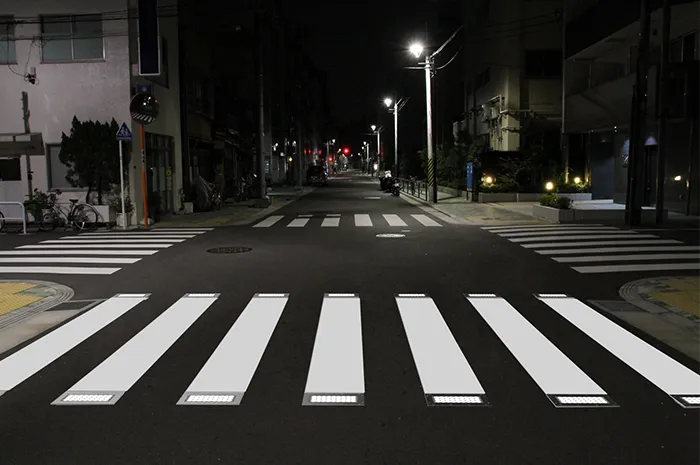
Earthwork is well underway for the approach roads for the 1.5km-long bridge near Rendsburg, a town of around 30,000 in Schleswig-Holstein, sitting on the River Eider and the Kiel Canal in the central part of the state.
The new six-lane bridge will be built right next to the old four-lane bridge that was opened in 1972 and carries the A7 autobahn.
The new structure, part of an overall project that includes 5.3km of improved and new roads, will span around 500m over water and take five years to complete, according to the latest reports from DEGES, the Deutsche Einheit Fernstraßenplanungs-und-bau (German Unity Highway Planning and Construction company) which is financing the project.
At its opening in 1972, the old steel girder Rader Hochbrücke, around 50m above the Kiel Canal and with an orthotropic road surface, was Germany's longest motorway bridge at the time. It has since been surpassed by the 1.84km-long Ruhr Valley Bridge in Mülheim. In the summer of 2013, structural investigation found massive damage to the Rader Hochbrücke’s pillarheads which was partially remedied with preloaded steel beams.
The new bridge, as with the old, will first span the Kiel Canal, then Rader Island and finally the Borgstedter See. The basic requirement is to maintain traffic on the A7 as well as shipping in the Kiel Canal during all three construction phases.
The new Rader Hochbrücke will consist of two separate bridge halves, so-called partial structures. When completely open in 2030, each sub-structure will carry one direction of travel of the A7. Work for the eastern partial structure was awarded in late 2022 to the Implenia Construction, ZSB Zwickauer Sonderstahlbau and Plauen Stahl Technologie, with a contract value of €307 million.

The first phase will see construction one half of the new bridge next to the old structure. When the first 18m-wide half is open, it will handle traffic in both directions, albeit at around half the traffic volume as the old bridge.
Meanwhile, the second phase will see demolition of the old structure which in turn will allow for phase three, construction of the other 18m-wide half of the new bridge.
Pedestrian and cycle paths will run under the bridge and there will be lifts to accommodate their entrance and exit. DEGES also said there will be nearly 7km of noise and wind barriers along the bridge.
DEGES is a state-owned project management company founded in 1991, about one year after the German reunification. The intention was to support mainly the New Länder states in what was East Germany - in the planning and preparation of necessary construction work on their old and new Autobahn highways. Shareholders of DEGES are the government of the Federal Republic of Germany (42.91%) as well as the federal states Brandenburg, Hamburg, Mecklenburg-Vorpommern, Saxony, Saxony-Anhalt, Schleswig-Holstein and Thuringia, each holding 8.16%.
The company is responsible for the improvement or construction of 1,200km of autobahn (750km of old and 450km of new) in the New Länder, as well as the tunnel in the city of Leipzig.







